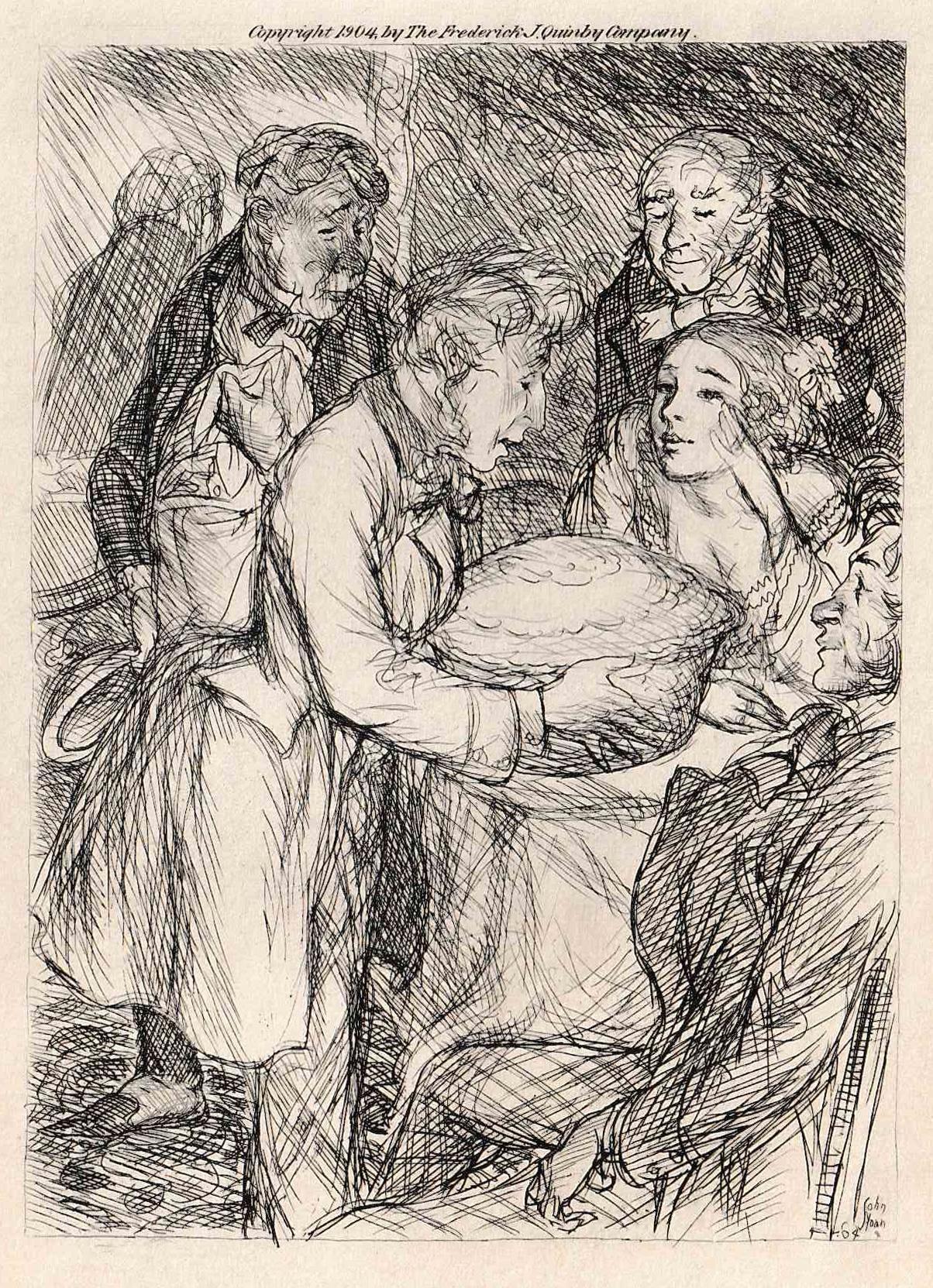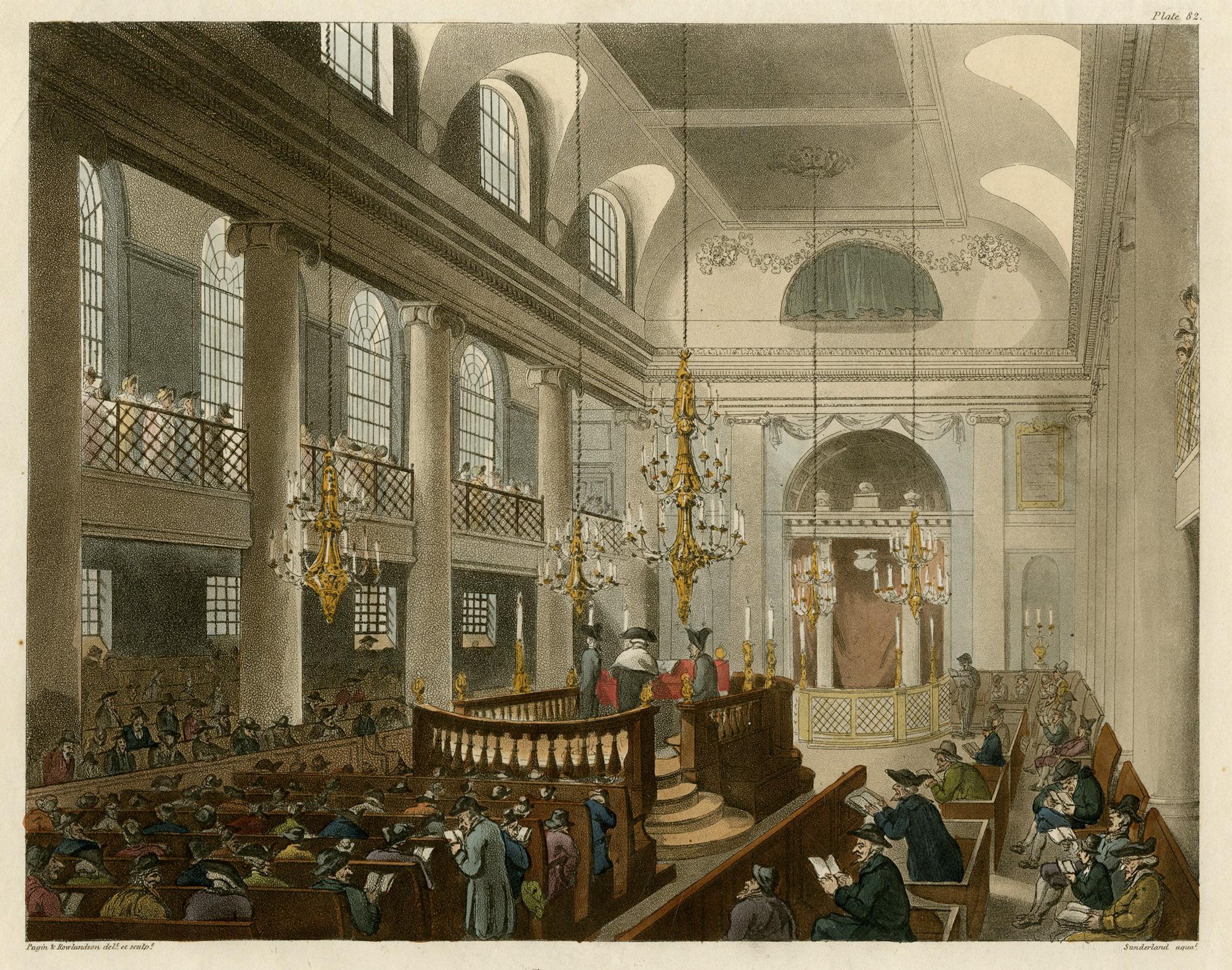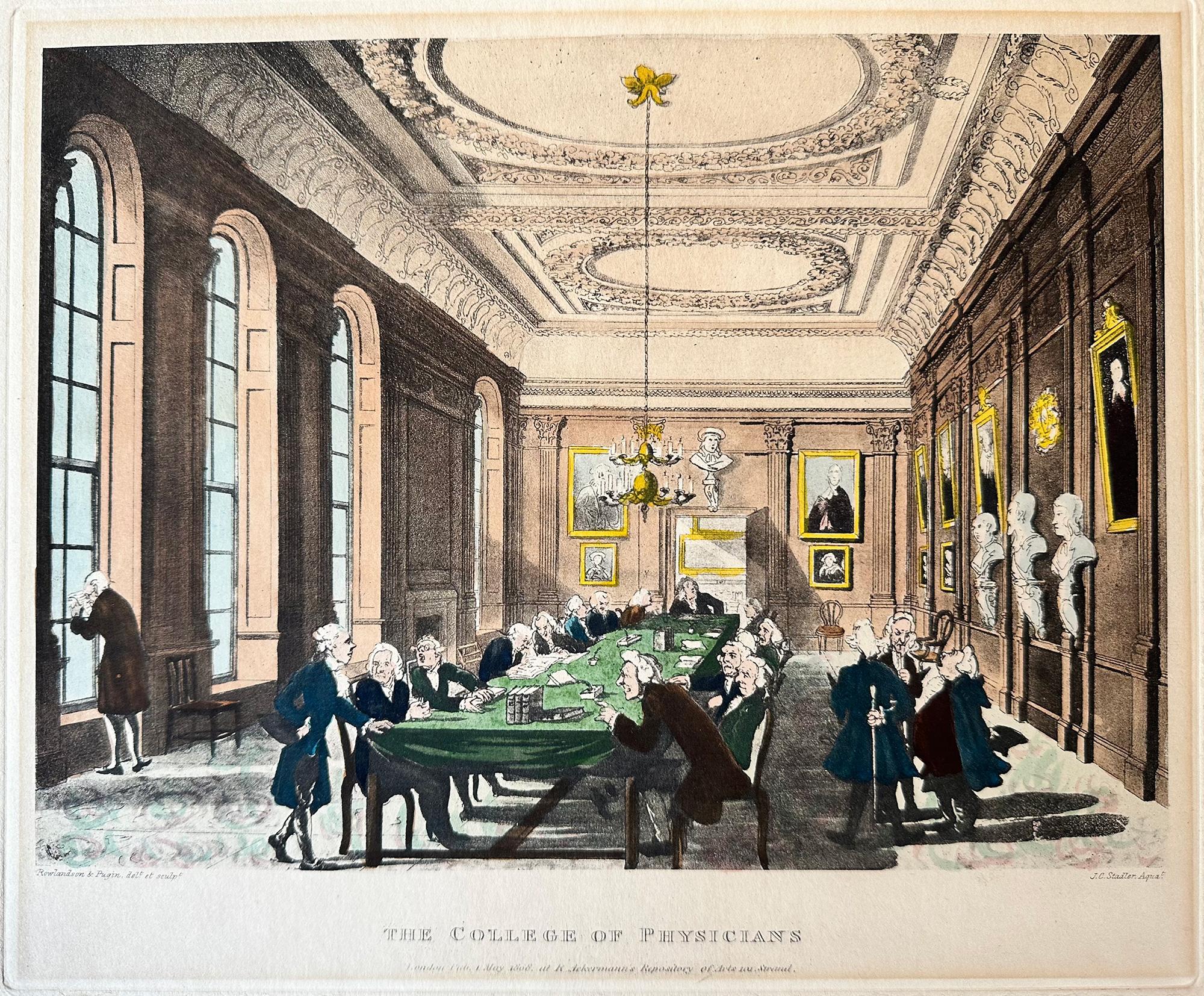Items Similar to La Parade
Want more images or videos?
Request additional images or videos from the seller
1 of 3
Auguste BrouetLa Parade1900
1900
About the Item
Etching on wove Japon paper, 8 5/8 x 9 1/4 inches (219 x 235 mm), wide margins. Signed, titled, and numbered 6/75 in pencil, lower margin, and with the Dietrich & Cie éditeurs blindstamp in the left margin. Minor uniform age tone and paper tape remnants at top right and left corner, and along the extreme right sheet edge on the verso.
- Creator:Auguste Brouet (1872-1941, French)
- Creation Year:1900
- Dimensions:Height: 8.63 in (21.93 cm)Width: 9.25 in (23.5 cm)
- Medium:
- Movement & Style:
- Period:
- Condition:
- Gallery Location:Middletown, NY
- Reference Number:
About the Seller
5.0
Vetted Seller
These experienced sellers undergo a comprehensive evaluation by our team of in-house experts.
Established in 2004
1stDibs seller since 2022
29 sales on 1stDibs
Typical response time: 12 hours
- ShippingRetrieving quote...Ships From: Middletown, NY
- Return PolicyA return for this item may be initiated within 30 days of delivery.
More From This SellerView All
- The Silent PieBy John SloanLocated in Middletown, NYEtching on cream wove paper, 5 3/8 x 4 1/4 inches (135 x 107 mm), signed in the plate, lower right. Third state (of 3), from the novel The Flower Girl, vol. 2. by Paul de Kock. In go...Category
Early 20th Century American Modern Figurative Prints
MaterialsHandmade Paper, Etching
- Synagogue Duke's Palace Houndsditch by Th. Sunderland after Pugin & RowlandsonBy Thomas RowlandsonLocated in Middletown, NYA faithful architectural rendering of the earliest Ashkenazi synagogue constructed in London; built about 1690, and subsequently destroyed in the Blitz, 1941. London: Rudolph Ackerm...Category
Early 19th Century English School Interior Prints
MaterialsAquatint, Engraving, Handmade Paper
- College of Physicians, from Ackermann's "Microcosm of London."By Thomas RowlandsonLocated in Middletown, NYPugin, Augustus Charles & Rowlandson, Thomas (after). College of Physicians, from Ackermann's "Microcosm of London." London: Rudolph Ackermann, 1808. Hand-colored lithograph, 9 1/4 ...Category
Early 19th Century English School Interior Prints
MaterialsWatercolor, Handmade Paper, Lithograph
- The Lonely House at Asajigahara.Located in Middletown, NYA scene from a series of ghost stories and spooky rural legends. Tokyo: Matsuki Heikichi, 1896. Woodcut in ink with embossing and hand-coloring in watercolor on handmade mulberry pa...Category
Late 19th Century Edo Figurative Prints
MaterialsWatercolor, Woodcut, Handmade Paper
- Millet in his StudioBy Frédéric JacqueLocated in Middletown, NYA touching scene of a young woman posing before Millet, modeling the female figure which would appear in his masterpiece painting L'Angelus. The painting depicts two peasants bowing ...Category
Late 19th Century Barbizon School Interior Prints
MaterialsHandmade Paper
- Two Women Playing Sugoroku from "Comparison of the Customs of Beauties."Located in Middletown, NYA scene from a vanishing Japan. Two Women Playing Sugoroku from "Comparison of the Customs of Beauties."; The Customs and Manners of Women Japan: Matsuki Heikichi, 1891. Woodblock ...Category
Late 19th Century Edo Figurative Prints
MaterialsHandmade Paper, Watercolor, Woodcut
You May Also Like
- Le Roy Mene au Trone from Series Le Sacre de Louis XV 1722-1731Located in Paonia, COLe Roy Mene au Trone from the Series Le Sacre de Louis XV (1722-1731 ) is an etching by French artist Charles Nicolas Cochin the Elder ( 1688-1754...Category
1720s French School Figurative Prints
MaterialsEtching
- ICE CREAM DESSERTSBy Claes OldenburgLocated in Aventura, FLHand initialed and numbered by the artist. Etching and aquatint in colors, on handmade paper. Image size: 13.5 X 21.25 in. Sheet size: 22.5 x 31.25 in. Framed. Edition of 50. Artwor...Category
1970s Pop Art Figurative Prints
MaterialsHandmade Paper, Etching, Aquatint
- "Toy Horse Dance" Japanese Woodblock Triptych with Beauties and Mt FujiLocated in Soquel, CA"Toy Horse Dance" Japanese Woodblock Triptych with Beauties and Mt Fuji Vibrant three-panel woodblock print by Utagawa Toyohiro (Japanese, 1773–1828). Court ladies look on as a grou...Category
Early 20th Century Edo Figurative Prints
MaterialsWoodcut, Rice Paper, Ink
- Kumasaka Chōhan to Ushiwakamaru - One of a Diptych Original Woodcut PrintBy Utagawa Kunisada (Toyokuni III)Located in Soquel, CAKumasaka Chōhan to Ushiwakamaru is a Japanese Ukiyo-e print created between 1848 and 1854 by artist Utagawa Kunisada (Japanese, 1786-1864). The print is a Diptych, and is part of the...Category
1850s Realist Figurative Prints
MaterialsPrinter's Ink, Rice Paper, Woodcut
- Overture 1 BY CLARE GROSSMAN, Figurative Art, Solar Etching, Contemporary PrintBy Clare GrossmanLocated in Deddington, GBClare Grossman Overture 1 Limited edition of 70 solar plate etchings hand printed by the artist on 300gsm Somerset paper. Actual image/plate size 13x10cm. One example from a portfoli...Category
21st Century and Contemporary Figurative Prints
MaterialsPaper, Etching
- Judaica Jewish Shtetl Etching Hasidic Rabbi at Study Vintage Chassidic PrintBy Paul JeffayLocated in Surfside, FLOlder Chassidic rabbi learning with open book, Judaica, Jewish scenes from a ghetto. Saul Yaffie, a.k.a. Paul Jeffay, (1898–1957) was a Scottish Jewish artist. Known for his charming French street scenes as well as his judaica work. This is signed in the plate and dated 1931 in the print. This is done in a style similar to the works of the early Bezalel School artists Hermann Struck and Jakob Steinhardt. This lithograph, by artist Paul Jeffay depicts a Judaic Shtetl interior scene with great charm and sensitivity. Saul Yaffie was born in Blythswood, Glasgow on 29 April 1898. His mother was Kate Yaffie (née Karkonoski), and his father, Bernard Yaffie, was a master tailor. Like many Russian Jews, Kate and Bernard Yaffie fled persecution in Russia during a wave of anti-Jewish pogroms triggered by the assassination of Tsar Alexander II in 1881. Saul's father was naturalised as a British citizen by the time that Saul himself was three; a Bernard Yaffie is recorded as living at Abbotsford Place in the old Gorbals, where the young Saul spent the early years of his childhood. The Yaffies were not unique in their situation: the Gorbals was the centre of Scotland's Jewish community and home to a large proportion of Glasgow's immigrants throughout the early 20th century. Over time, there was a movement to some of the more affluent communities in Glasgow, such as Pollokshields and Garnethill, as many Jewish families gradually improved their social and economic situation. Like these, the Yaffies also experienced a time of good fortune, moving to a more agreeable address on Sinclair Drive, Cathcart as Bernard's tailoring business prospered. Saul attended day classes in drawing and painting, modelling, and life drawing at The Glasgow School of Art from 1912 to 1919. During the First World War, he was required to interrupt his studies to serve in the King's Own Scottish Borderers in 1916/17. Although subject to military conscription, Yaffie reached the rank of corporal during his service. Prior to his conscription Yaffie engaged in munitions work, something that was recorded in the GSA's student registers. The post-war economic depression that affected the country during the 1920s, also affected the Yaffie family directly: Bernard Yaffie's business suffered greatly, and the family eventually emigrated to Canada. Saul did not emigrate with his family, choosing instead to stay in Europe, and relocate to jazz age Paris where he continued his artistic practice. Now married, Saul sought to escape persecution in Europe by returning to the UK before the Second World War with his wife, Estusia. The two settled in Manchester, but returned to France after the war. In his memoires ‘Bronze in My Blood’, German-born sculptor Benno Schotz describes a Saul ‘Yaffe’, one of only three other Jewish students who attended The Glasgow School of Art at the time. (Schotz himself was exempt from joining the forces because he was ‘not yet a British subject’, and was engaged in war work in the drawing office of John Brown’s shipyards). On the outbreak of the war, Schotz writes, Yaffie won a poster competition to be displayed in Glasgow tramcars at the beginning of the 1914-18 war – his winning design depicted a woman with a child in her arms, fleeing from a fire behind her. While on leave from service, the young Saul told Schotz he had briefly been stationed in the same unit as Jewish American sculptor Jacob Epstein. This was most likely the 38th Battalion of the Royal Fusiliers, also known as ‘the Jewish Legion’, one of five Jewish battalions raised during WW1. ‘He told me how incongruous it was’, remembers Schotz, ‘to See Epstein scrubbing the floor of their hut, with a large diamond ring on his finger’. His work is included in the collection of the Ben Uri Museum in London along with Lucian Freud, David Bomberg, Mark Gertler, Josef Herman, Jankel Adler, Feliks Topolski...Category
20th Century Expressionist Figurative Prints
MaterialsPaper, Etching





